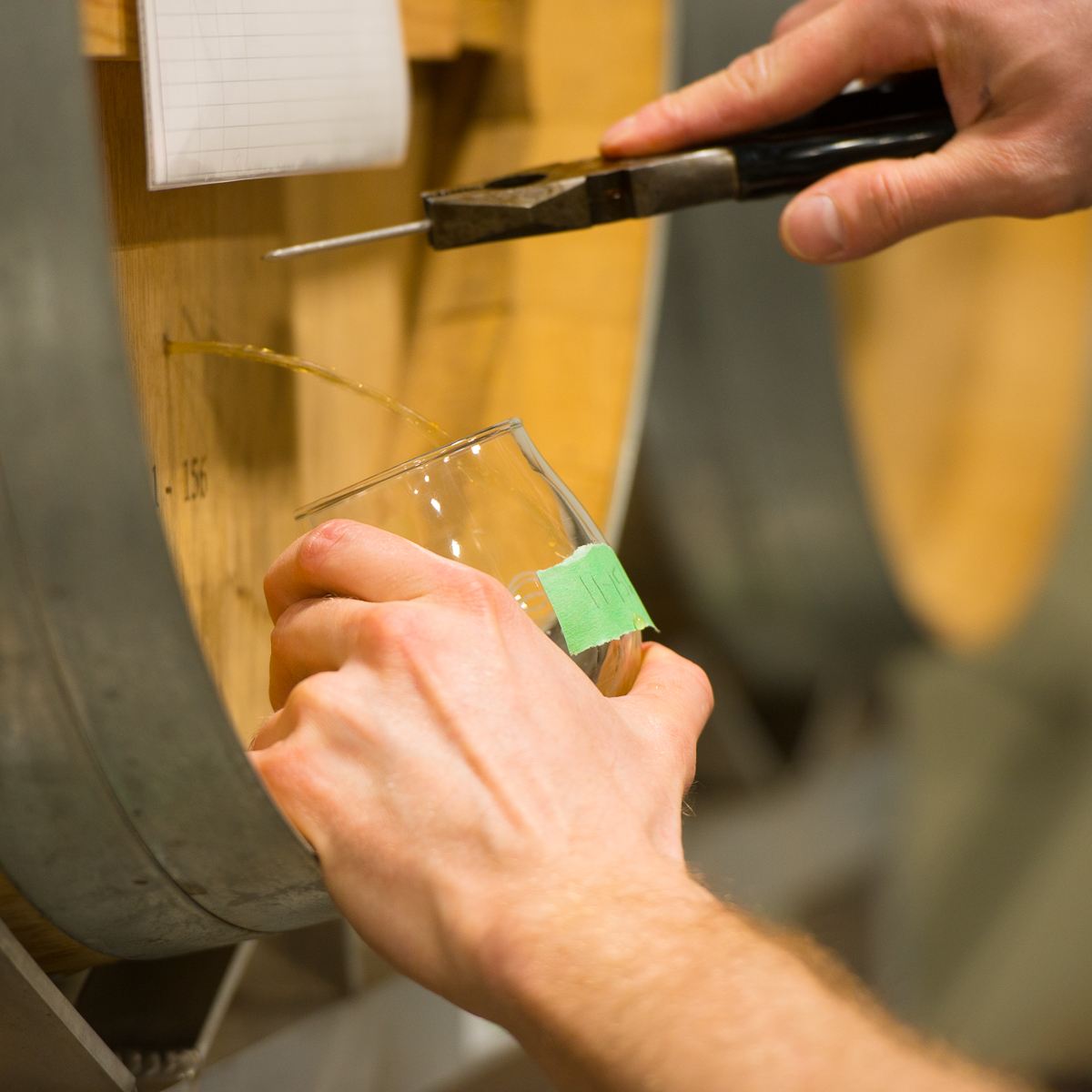Sensory Testing
Sensory testing is pretty much just a fancy term for sitting down with your buddies and drinking the sweet sweet nectar from each of our barrels ageing wild beers. It’s tough work, but we do it #forscience of course. Time is a big ingredient in the creation of these funky sour beers, and tasting each barrel as it progresses is a huge part of the long journey from grain to glass.
When our beer first gets introduced into barrels it could taste like a delicious Belgian Saison, or a Norwegian farmhouse Kveik beer, or a low bitterness Belgian golden or red sour base. It’s at this point that we introduce our house wild cultures… and wait. There’s a reason we say #slowbeertakestime because it could be months before signs of acidity and funk start to show.
Around the 2 month mark we’ll first note a light acidity and a gentle funky Brett character. The wild yeast breaks down the compounds from the primary fermentation to create new exciting flavours and aromas. Acidity is produced slowly from the lactic acid bacteria in our cultures which turn sugars in the beer into tartness. If given the right environment, the beer can become grippingly sour over time. All these specs are measured and recorded for each barrel: aroma and taste, pH, and residual sugar.
As the beers approach the 4 month mark things start getting super funky. Every barrel starts to taste different, like each culture and barrel has its own personality. Some take on aroma of stone fruit and citrus, apricot and lime. While others develop classic rustic Brett funk on a backdrop of sharp lactic sourness.
At around the 6 month mark, the barrels’ personalities really start to shine. If the beer’s technical specs are stable, and flavour development is deemed complete, it’s time to select suitable barrels for blending, and sometimes re-fermentation on complimentary fruit, herbs or spices.
Although we try our best to encourage the production of great sour beer, wild yeast kind of have a mind of their own. Luckily with a dedicated sensory program (aka lots of “quality control”, wink wink nudge nudge) we can catch barrels or cultures that aren’t producing good beer. If a barrel or culture is deemed bad, the barrel ends up as furniture, and the beer contained unfortunately may never make it inside our faces. We’ve been lucky so far! Knock on wood!?




